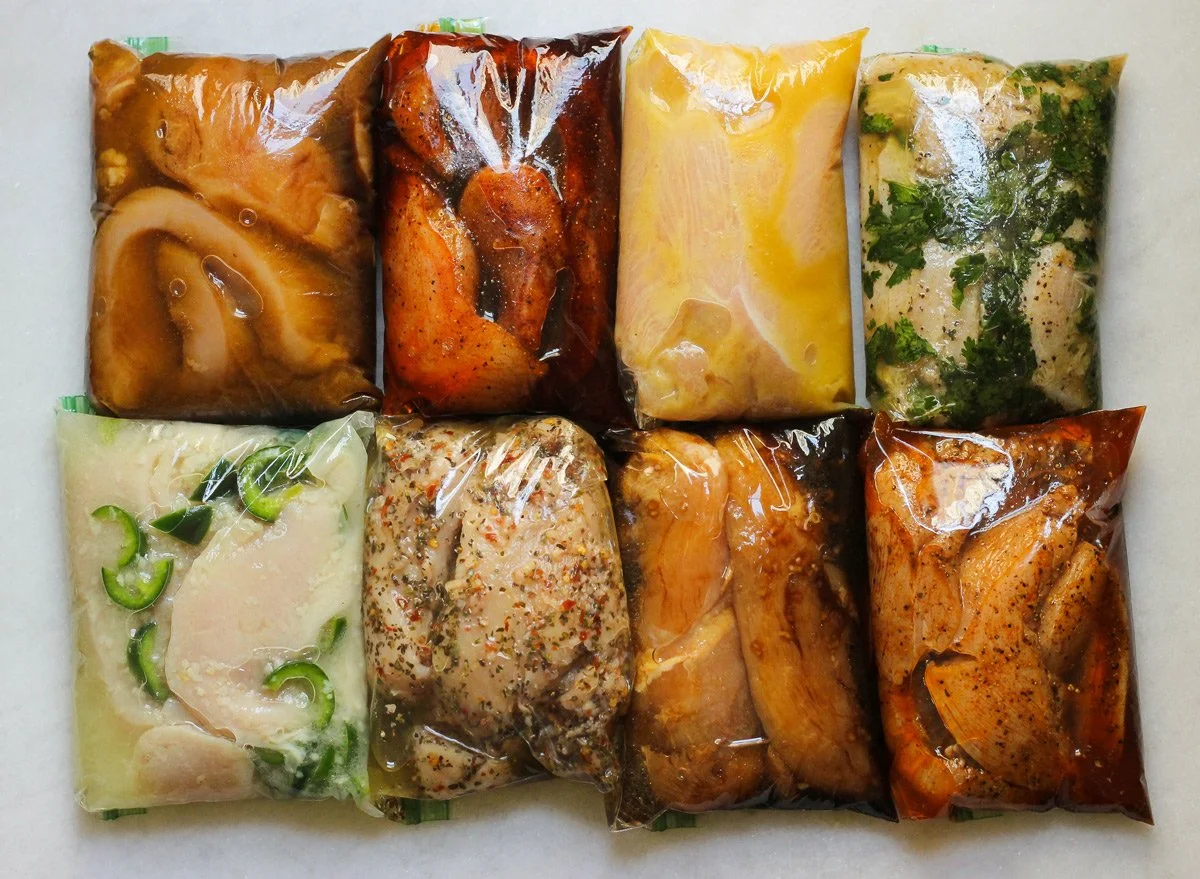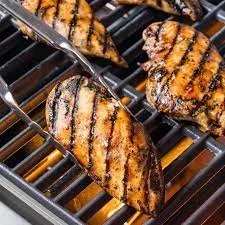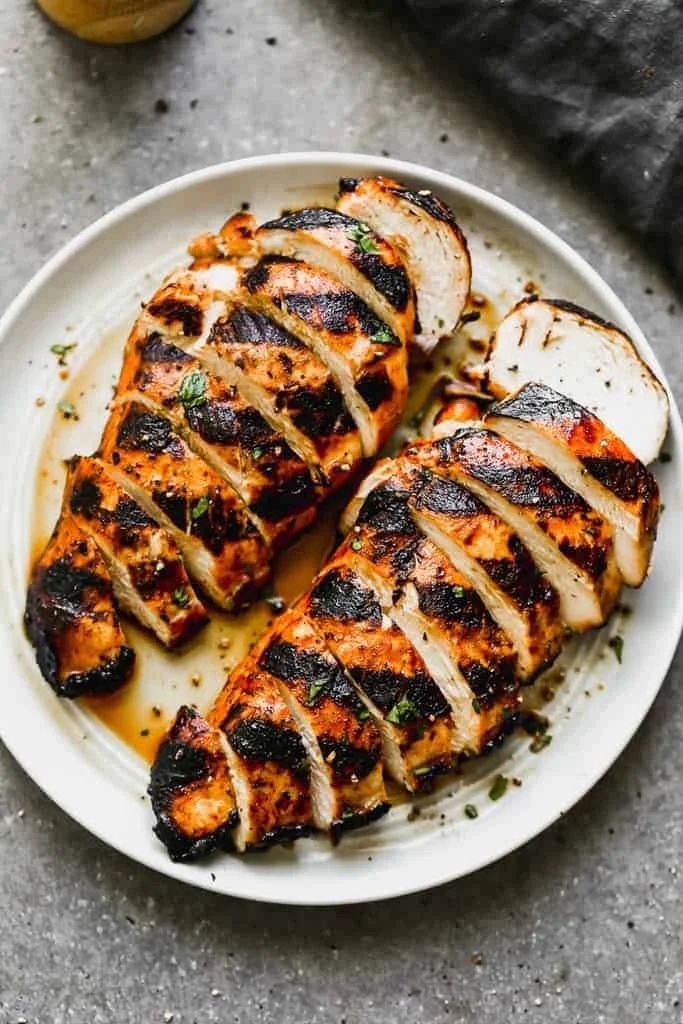YPDIW: Grilled Chicken
Grilled chicken breasts are an absolute classic during the summertime, there’s just something about that char flavor encasing juicy, tender meat that reminds us of backyard barbecues, the 4th of July, and all the fun associated with summertime cooking.
Grilling chicken does not seem very hard, you just put the chicken onto a grill and cook it until it’s done…unfortunately sometimes the simplest dishes can have a few pitfalls that lead to chicken that’s dry, leathery, and burnt.
If I’ve mentioned it once, I’ve mentioned it a hundred times, one of the biggest mistake people make when grilling at home is not letting their grill get hot enough before putting their food on.
This is especially a problem with chicken because if you put your chicken onto a cold or warm grill, the chicken is just going to sit there, take twice as long to cook, and worst of all you won’t get those marks that are so iconic with grilled food, you’re essentially baking the chicken which is not that exciting to eat.
On the other end of that spectrum, you also don’t want to grill chicken when the heat is too high, because this will cause the chicken to completely burn on the outside before the inside even has a chance to cook.
The worst thing that you could possibly do to a chicken breast is cook it until it’s dry as a bone.
I know chicken should be cooked through, but that does not mean it has to be cooked until it’s so dry and leathery that you could make clothing out of it.
Now, I am going to show you the right way to grill chicken breasts at home.
One of the easiest ways to add flavor to the chicken and ensure it stays moist after cooking is with a marinade. There are lots of things you can marinate chicken with, but here’s what I like to use.
2 parts olive oil, one part lemon juice or vinegar (any kind you like), rosemary sprigs, crushed garlic cloves, salt, and pepper. You can also use thyme, chili flakes for some spice, or any other flavor and herb to get the flavor profile you’re looking for. I would avoid anything sweet like honey, as that can burn quickly on the grill.
There’s nothing to it from here, just place the chicken into a large resealable bag, add the marinade, shake the bag up a bit to evenly coat the chicken, then let it marinade in the fridge for at least 1 hour, but overnight would be even better.
When you’re closer to being ready to cook, take the chicken out of the marinade, pat it dry to remove any excess moisture, then season generously with salt and pepper. While the marinade did give us flavor on the inside of the chicken, it’s also nice to season the outside.
To prepare the grill, heat it according to your manufacturer’s instructions, use a grill brush to brush off any bits leftover from the last time you grilled, then grease the grates with vegetable oil.
Ideally, you want one hot zone and one cool zone, so for a gas grill that means having one or two burners on, and one off, you’ll see why later.
Once the grill is on, you’ll want to let it heat up for about 10 minutes, this will ensure that the grill is hot and ready to go when you are.
Optional: If you place an aluminum pan of water on the cool side of the grill, that will regulate the heat and help your chicken get even juicier.
To start, lay the chicken on the hot side of the grill then leave it alone with the grill lid closed for 3-4 minutes so it can develop those marks and the cooking process can begin.
Most grills tend to have hotspots, so it’s a good idea to keep an eye on the chicken. You can always move the chicken around if you notice some spots are a bit hotter than others.
When you’re happy with the marks on one side, flip the chicken over and let it cook for another 3-4 minutes or until the marks on the other side develop.
This is why it’s good to have one side of the grill off, so you can move the chicken to that cooler side once they get those marks and keep them from getting too burned.
So, how do you know if the chicken is done? Well, of course, the best way to know is to check its temperature…this is where some controversy may be sparked.
The USDA laws state that white meat chicken has to be cooked to a minimum internal temperature of 165 degrees F (74 C) for at least 15 minutes, but by the time the chicken reaches that temperature, it’s already lost any chance it had at being juicy and tender.
I say that chicken can be cooked to 160 F (71 C) because chicken does continue to cook and climb in temperature by about 5 degrees once it’s removed from the heat, what we know as carryover heat, so by taking the chicken off the grill at 160, by the time it’s had a few minutes to rest, it will have reached 165 and still be perfectly juicy.
If you’ve followed all of my steps, then you will have tender, juicy, perfectly cooked grilled chicken that can serve as a light, healthy protein to have all throughout the summertime.







